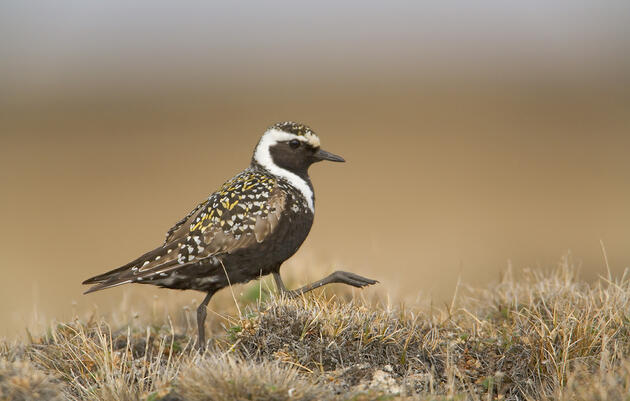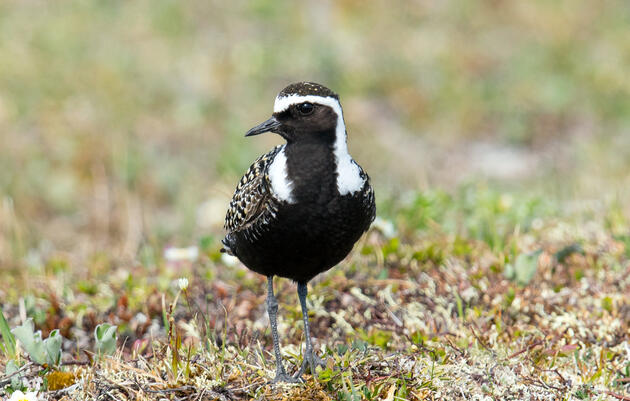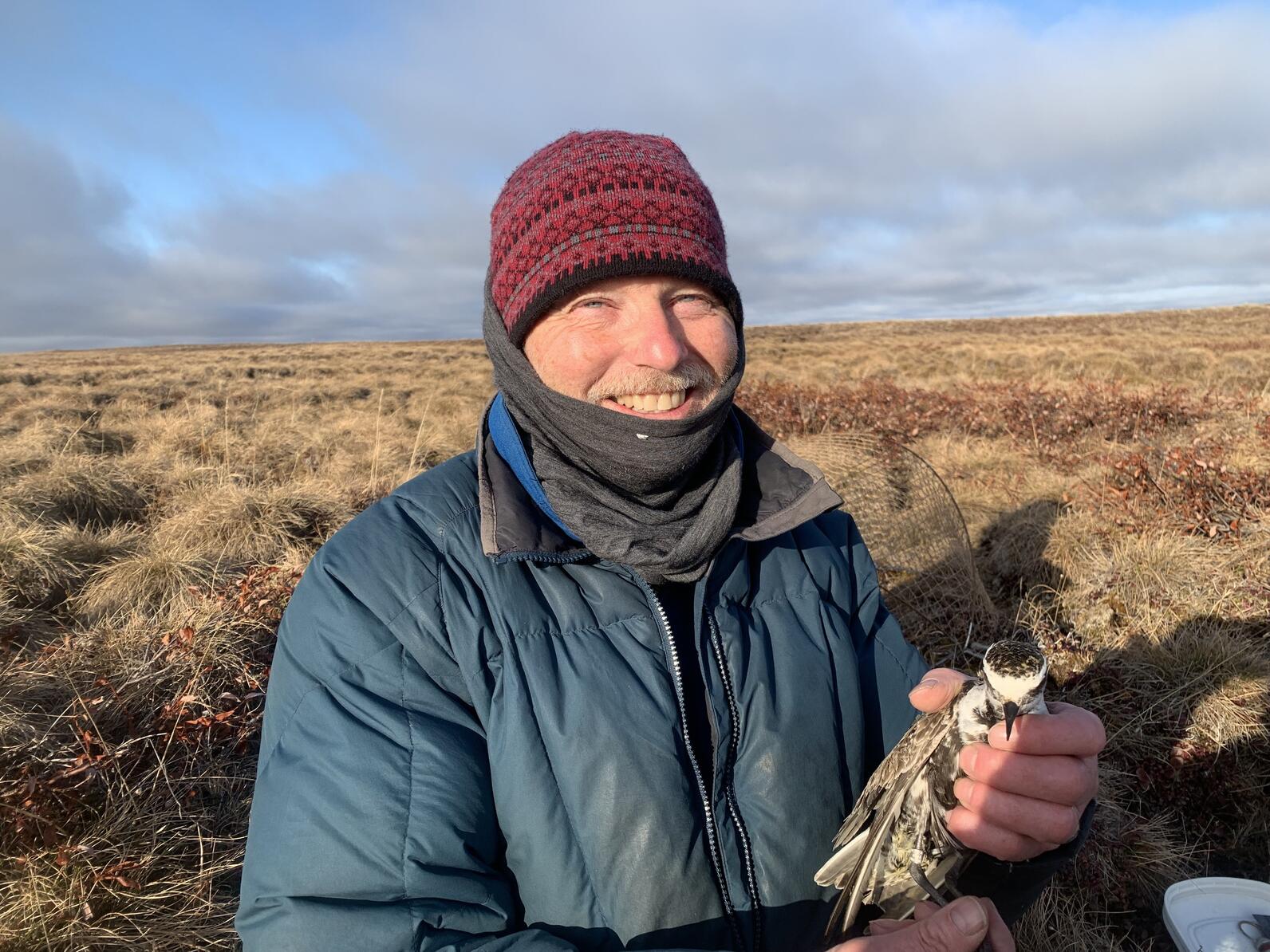
Rick Lanctot is the Shorebird Coordinator for the U.S. Fish and Wildlife Service–Alaska Region. He’s been working with Alaska wildlife since 1989 and has been in this particular role since 2002. From this, he has become known in certain circles as the shorebird guy.
“Well, I just lasted longer than others,” says Lanctot, a modest response to this nickname.
Lanctot was one of the seven team members to touch down in the Teshekpuk Lake Special Use area to outfit eight American Golden-Plovers with 3.5-gram PinPoint GPS Argos tags. Light-level geolocators have only been around since roughly 2010, and some American Golden-Plovers were tagged in the 2013 to 2016 period, but the data could only answer broad-scale migration-type questions, not the specifics.
“Since then, tags have only gotten better and better,” says Lanctot. Plus, plovers are a bigger species of shorebird too, meaning they can carry a larger tag with a bigger battery. “So they're an ideal species in that regard.”
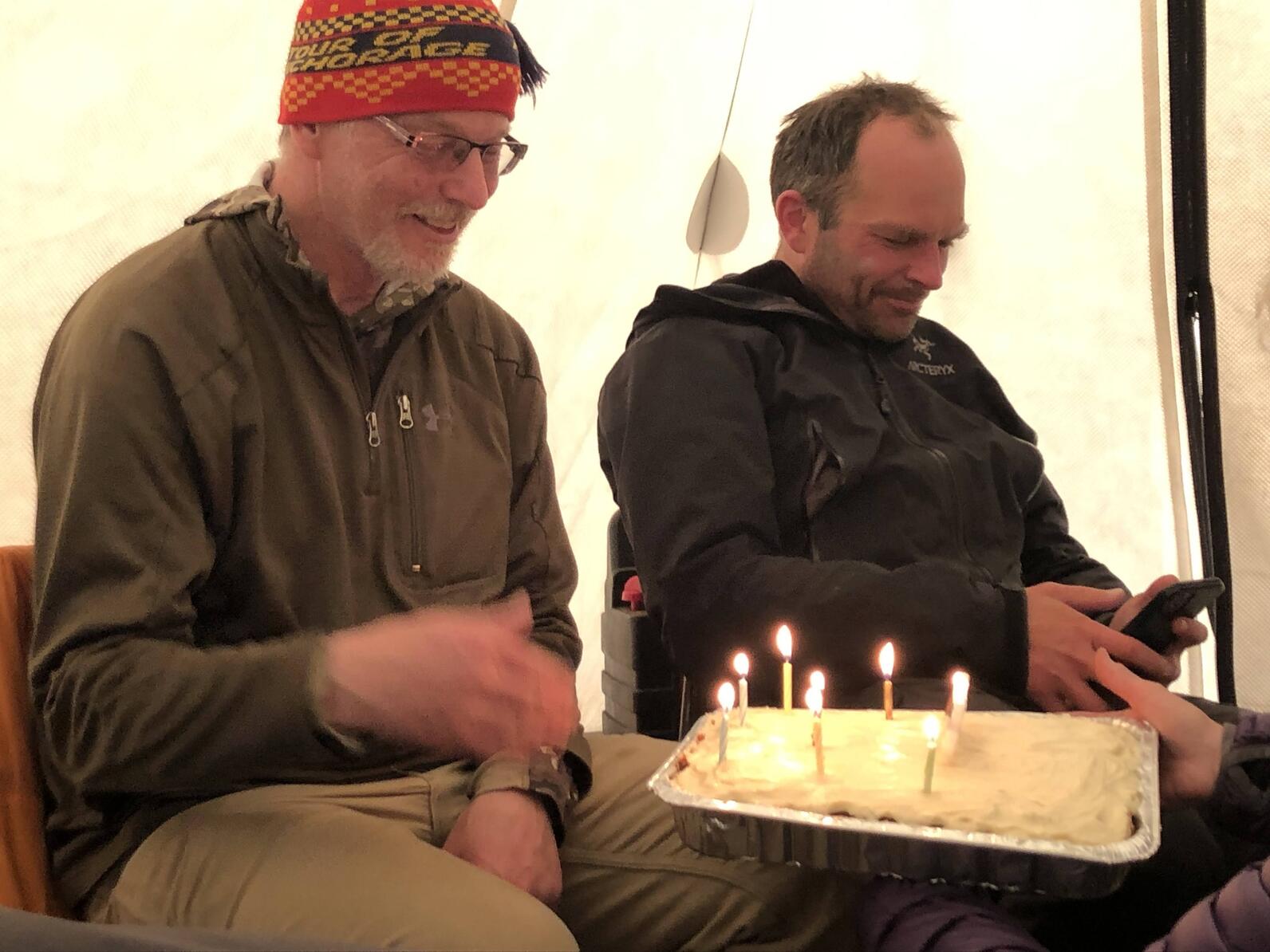
This is part of the reason why Lanctot spent the 2023 season, even celebrating a birthday in the field, equipping this particular species. Now we’re able to obtain data with specific locations—that is, until December when the batteries are expected to give out.
What they learned so far is that the American Golden-Plovers don’t always follow their expected migration route, and he’s found that they are really impacted by storms off the Atlantic coasts of the U.S. Big tropical storms or hurricanes coming through this area seem to modify where the birds move, forcing them more inland. Plus, "the storms are becoming more frequent and more intense,” he says. "And so we anticipate that the birds are going to have more and more problems because of that.
But there’s another reason to tag and track the American Golden Plover: bird migration is changing over time. “So what you will find in 2016, you may not find in 2023,” Lanctot says. Birds are short stopping their migration routes. They don't go as far south sometimes. “All due to lots of things, but mostly weather,” he added.
Therefore, this project could yield some much-needed new information.
Lanctot and the team received a grant from the National Fish and Wildlife Foundation to go to Teshekpuk Lake Special Use Area to repeat surveys that had been done in 2007 and 2008. This was part of the Arctic Program for Regional and International Shorebird Monitoring, or PRISM—an international collaborative science and bird population estimate and trend monitoring program, and its current implementation in the Americas.
There's an Arctic version of PRISM to monitor shorebirds on the breeding grounds. And then there's also migration PRISM, there's temperate breeding PRISM, and winter ground PRISM, “all in an effort to try to get an idea of how many birds there are, and whether they're going up or down in number.”
PRISM monitoring was designed to be repeated every 15 years, and Teshekpuk Lake was only the second place where the surveys were repeated. This works feed into a much larger effort to estimate bird population numbers, including American Golden-Plovers.

Lanctot says he hopes that as this project progresses through December, the tags report every two days, don’t malfunction, and that the team learns a little more about the species, like how the birds spend their time after breeding, and for how long.
He hopes this data will make the public more generally aware of the “fantastic migrations” that American Golden-Plover do each year. “To make people know what these birds are up against and the various threats that they're facing along the way,” he says.
And along the way is quite a distance. From Alaska to Argentina in many cases. Lanctot says there are working groups—some focusing on flyways, some on species, etc.—throughout the hemisphere. These folks talk to each other, comparing notes, to determine where the biggest threats are to bird migration and habitat, and where they need to put their energy to be most effective. Then comes grant writing, with the goal of obtaining funds to effect change.
“And that's where I think there's a lot of value,” Lanctot says. “Because now, we're not just doing the research and the science, but we're trying to advance science knowledge to on-the-ground conservation.”
And Lanctot has thoughts on how people outside of these working groups, or outside of conservation can help. For instance, if you’re a rancher or farmer, you can manage your land to benefit birds by providing their habitat needs. That and considering your use of pesticides and herbicides, which can affect birds directly or indirectly and the invertebrates they consume.
If you’re part of the general population, you can try “voting for people that value natural areas, and preservation of natural areas, or at least using areas in a sustainable way.”
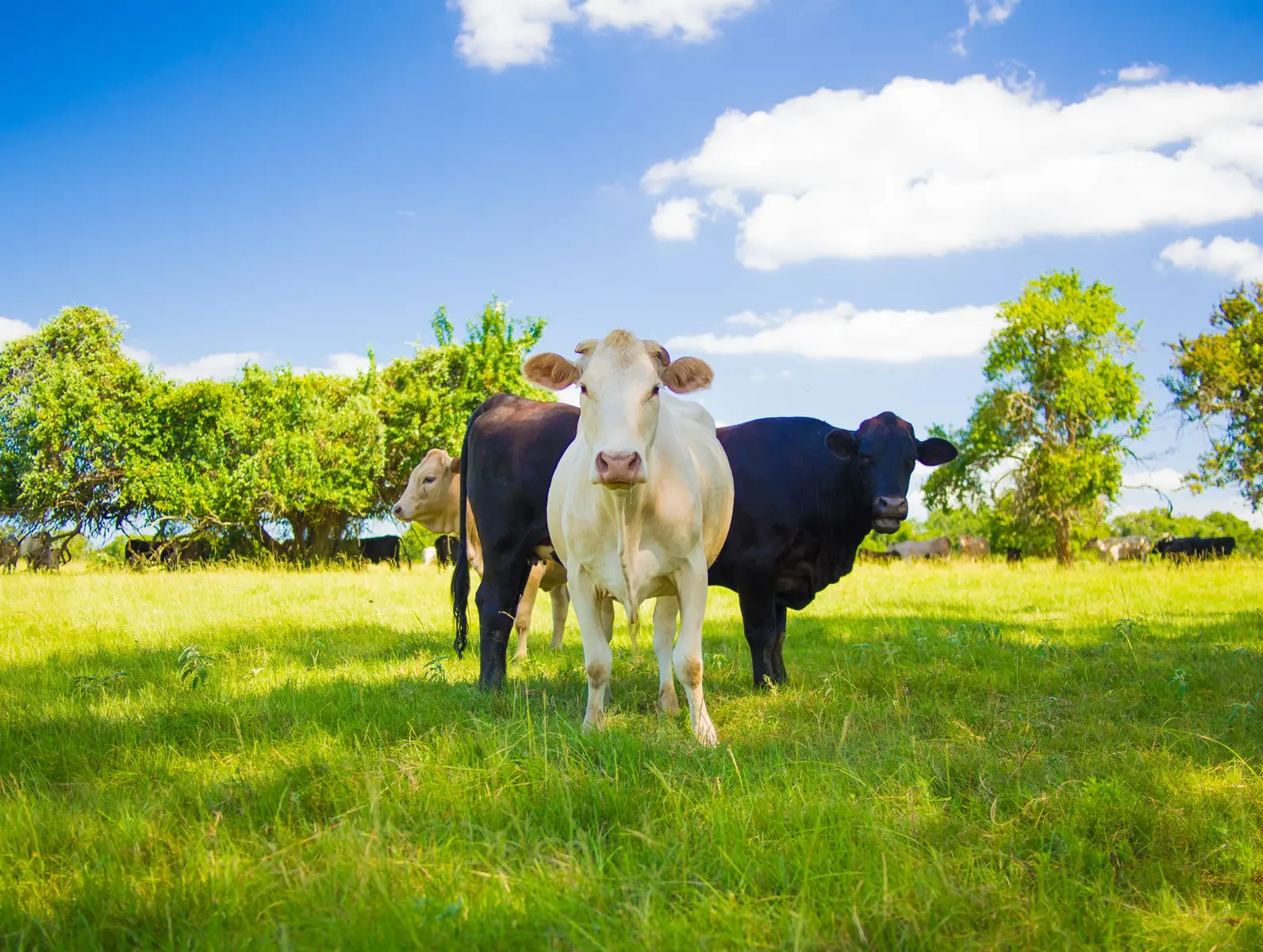
Finally, there are responsible purchases. Lanctot mentions there is bird-friendly coffee and bird-friendly chocolate, as well as bird-friendly beef to consider. (National Audubon Society operates the Conservation Ranching Initiative and the Working Lands Strategy.) “If you can convert one person into being bird-friendly, you've succeeded,” Lanctot says.
But to circle back, just like a migratory bird, Lanctot mentions the weather’s effect on the American Golden-Plover. “Those big hurricanes and increasing frequencies of tropical storms are directly related to climate change effects,” he says. However, telling people to reduce their carbon footprint can make people feel just as removed from affecting real change as looking at a bird’s migration route on a map, especially that six- to eight-day nonstop flight across the Atlantic Ocean.
“If there's just some way to emphasize just how extraordinary that is. Because you lose sight of it when you just see a bunch of lines,” he says. “But it's a lot more than that.”




